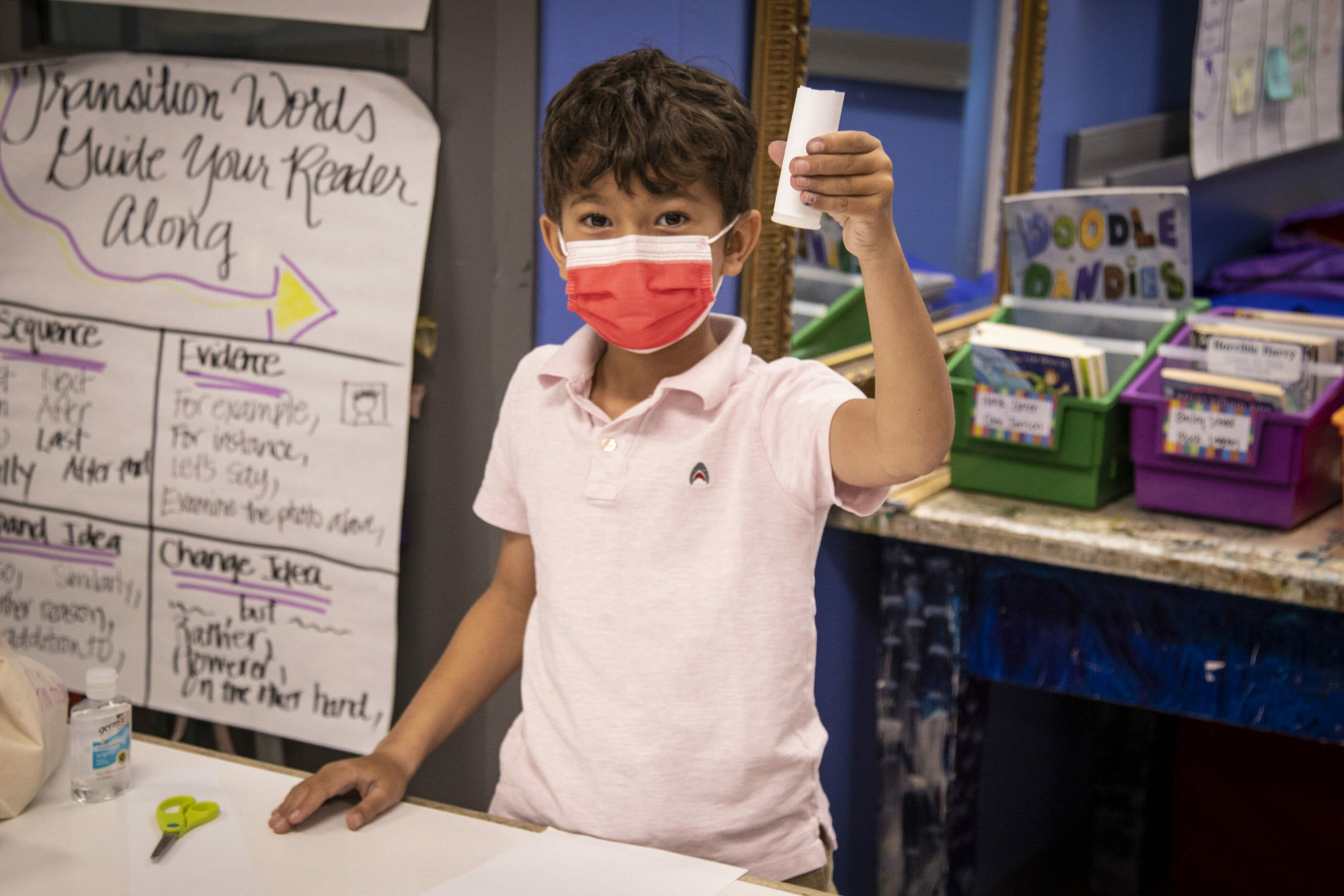I had a conversation not long ago with a friend who has dedicated a substantial portion of his life to public service. He recalled to me the very long days and emotional resilience that his years of elective office required—his meetings and collaborations with concerned citizens and community organizations, with mayors, police chiefs, and other civic leaders, and with legislators of both parties. “I poured myself into the work,” he told me. “It wasn’t always clear that things were getting better, but I kept going. I was in the optimism business.”
The optimism business is all too rarely the business of our nation’s news media. Notable proof of this truism was recently furnished by researchers from Dartmouth College and Brown University, who analyzed 20,000 COVID-19-related English-language news articles dating back to January 2020. “87% of stories by U.S. major media outlets are negative in tone,” they report, “versus 50% for non-U.S. major sources and 64% for scientific journals.” Why the extraordinary disparity? We might look to a related finding in the same study: that American news media consumers “strongly prefer negative stories about COVID-19, and negative stories in general.” Whether the negative chicken or the negative egg came first—the bad news or the bad news buyers—is debatable, but both of them are nesting in our henhouse.
It is telling of our present era that even the utterance of a hopeful bromide like “look on the bright side” can be brought up on charges of “toxic positivity,” a term of vanishingly recent invention which at best cautions us not to minimize problems and challenges, but at worst normalizes a victimhood mindset and a fixation on negative experience. Of more helpful depth and durability is the notion of “tragic optimism” attributed to Viktor Frankl, an Austrian psychiatrist and Holocaust survivor who defined it as the capacity for growth and health despite the inevitability of suffering and loss. Whereas toxic positivity privileges pain over hope, tragic optimism privileges hope over pain.
Kaizen, a word with origins in both Chinese and Japanese languages, expresses the ideal of continuous improvement. Once, at a former school, I had a conversation with one of my mentors—a man who had been a leader there for decades—about our upcoming institutional strategic plan. “Kaizen,” he said to me. (He was famous for cryptic assertions.) I asked him what he meant. “This is the best school that we could possibly have,” he said. “It is the product of tireless efforts by countless people over many years. It is excellent in every way. Now, how do we make it better?”
We are proud of our good work at MICDS, and we know that there is much more work to be done. We are in the optimism business. There is no better business in the world. Always reason, always compassion, always courage. I wish you a very happy weekend with your loved ones.
Jay Rainey
Head of School
This week’s addition to the “Refrains for Rams” playlist: Ooh La La by Faces. “I wish that I knew what I know now / When I was younger.” (Apple Music / Spotify)
